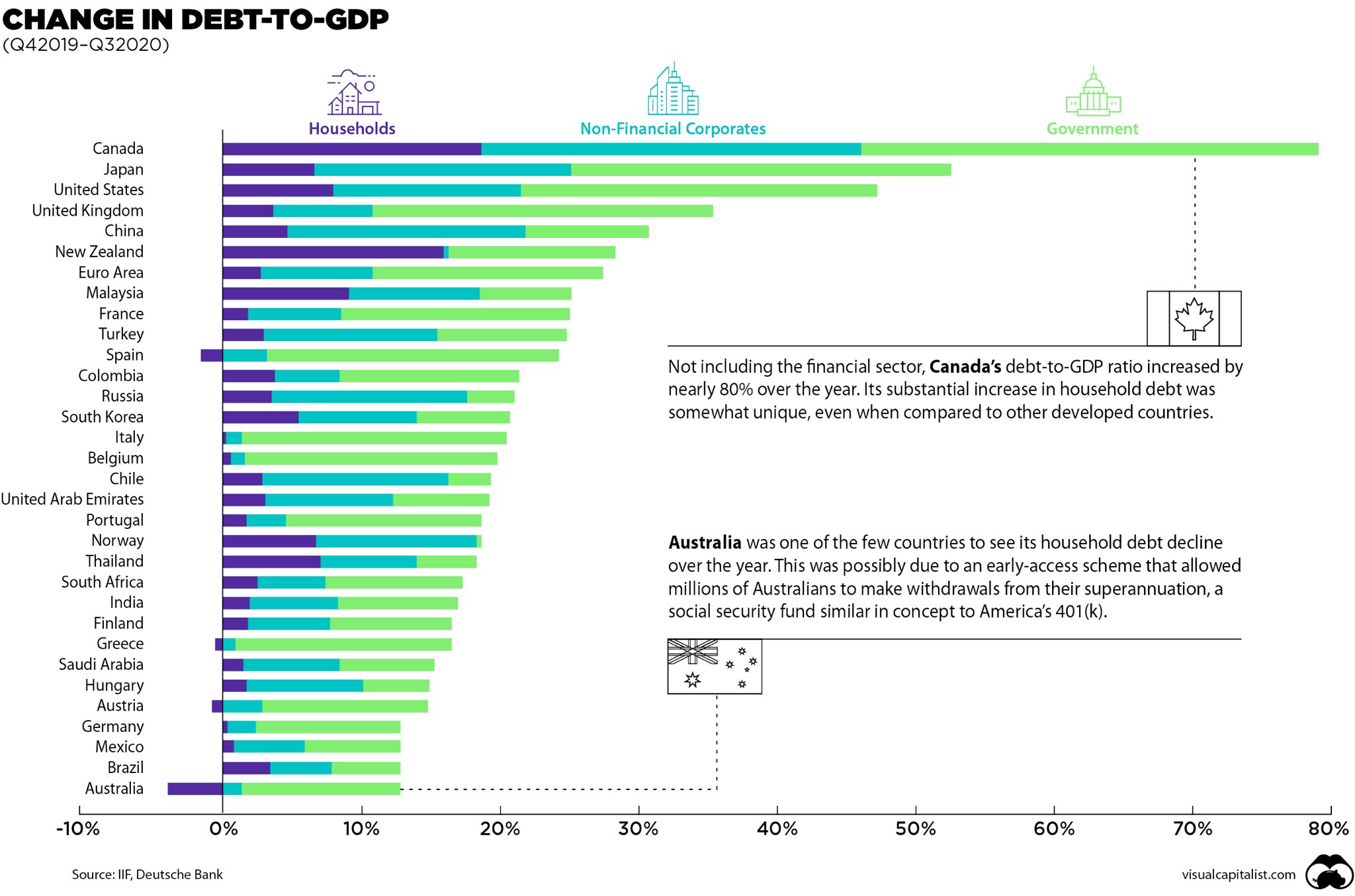New home sales in the Greater Toronto Area (GTA) continued to ease in June.
According to a new report from the Building Industry and Land Development Association (BILD), the total new home sales of 1,694 units were down a notable 56% from June 2021 and 52% below the 10-year average.
The data is generated by Altus Group, BILD’s official source for new home market intelligence, and reveals a telling tale of the current climate — one where the frenzied pandemic-inspired real estate drama is decidedly a thing of the past (at least, for now it is).
“New home sales numbers for June reinforced the expected easing of sales from last year’s exceptionally fast pace,” said Edward Jegg, Research Manager at Altus Group. “With interest rates continuing to rise, high inflation, affordability pressures and general economic uncertainty, many buyers are adopting a wait-and-see attitude that is expected to run through at least the summer months.”

Sales of new condominium apartments — including units in low, medium and high-rise buildings, stacked townhouses, and loft units — with 1,519 units sold, were down 44% from June 2021 and 36% below the 10-year average. Single-family homes, including detached, linked, and semi-detached houses and townhouses (excluding stacked townhouses), accounted for just 175 units sold, down 85% from last June and 85% below the 10-year average.
While new home sales may be down, prices are up, says BILD.
The benchmark price for new condominium apartments in June was $1,189,894, which was up 12.4% over the last 12 months and the benchmark price for new single-family homes was $1,843,595, which was up 31.2% over the last 12 months.

Total new home remaining inventory increased compared to the previous month, to 11,639 units, comprised of 9,717 condominium apartment units and 1,922 single-family lots, representing 3.5 months and 2.7 months of inventory respectively. A balanced market would have nine to 12 months of inventory.
“While many prospective home buyers in the GTA are delaying purchasing the homes they need in the midst of economic uncertainty, our region’s fundamental challenges around housing supply remain unresolved,” said Dave Wilkes, BILD President & CEO. “Shorter-term demand-side economic conditions and inflationary pressures cool demand but increase the costs of new builds simultaneously. This will continue to impact overall supply. Now is the time for bold decisions by all levels of government to ensure we provide the housing supply and choice future generations of GTA residents will need.”
While interest rates have been on the rise for the past few months, the Canadian housing market continued to see price growth during the first six months of this year, according to the latest “Price Per Square Foot” survey by CENTURY 21 Canada.
The increases were particularly notable in suburbs and smaller communities outside metropolitan centres, spurred by a flight from the mounting unaffordability of the Greater Toronto Area and Greater Vancouver regions.
“While some markets have cooled after the boom that occurred during the COVID-19 pandemic, prices overall have continued to remain elevated for the start of the year,” CENTURY 21 said.
Long-term growth is also expected to continue despite fears surrounding higher interest rates.
“The highest point of the boom may have passed, but the trend is still towards higher prices, especially in suburbs where younger and first-time home buyers are looking to escape competitive metropolitan areas now that remote work has become more common,” said Brian Rushton, COO of CENTURY 21 Canada.
Rushton said that more volatility is not out of the question as the full impact of rate hikes will become clearer as the months go on.
“What will be interesting is to compare the data we’ve received from the first half of this year with the data we gather in 2023 to see how the rising rates impact the market for the next six months,” Rushton said.
“We don’t want to get ahead of ourselves, we’re going to keep seeing how the market performs and whether or not it cools down after the frenzy of the past year. With inflation on the rise, folks may be less able to purchase but even a slight dip would only take us to the level of a few years back, possibly the 2018-2019 period.”
Today, the City of Toronto announced the launch of an enhanced Home Energy Loan Program (HELP) that will offer zero-interest loans and incentives to help Toronto homeowners make their homes more energy-efficient and reduce the emissions contributing to climate change. The HELP program has been offering low-interest loans to homeowners since 2014.
Currently, homes and buildings are the largest sources of emissions in Toronto, generating approximately 57 per cent of total community-wide emissions, primarily from the burning of fossil fuels (natural gas) for heating and hot water.
For a limited time, through the enhanced HELP program, Toronto homeowners will be able to access:
- Zero-interest loans of up to $125,000 for terms of up to 15 years; 20-year terms are available for retrofits that include rooftop solar PV, geothermal, new windows and electric heat pumps.
- Incentives for specific measures including electric heat pumps, which can replace a home’s natural gas furnace and air conditioner; rooftop solar PV and deep retrofits that significantly reduce a home’s emissions.
The Government of Canada provided funding to enhance the program through the Green Municipal Fund, administered by the Federation of Canadian Municipalities (FCM), including a loan of up to $9.712 million to fund the zero-interest loans and a grant of up to $4.856 million. A portion of the funds will support the development of training, education and resources for homeowners, contractors and other industry stakeholders, including training for Toronto contractors to become a Net Zero Renovator, qualified by the Canadian Home Builders’ Association.
The new zero-interest loans and incentives will be available until the funding allocated for each is fully subscribed, after which homeowners can continue to access low-interest loans.
Home improvements eligible for financing include electric heat pumps, insulation (attic, wall, basement), upgraded windows/doors, air sealing, geothermal systems, rooftop solar PV, tankless water heaters, solar hot water systems, EV charging stations, battery storage and more.
Eligibility has been expanded to include tax-exempt properties (e.g. non-profit homes, supportive housing, rooming houses) in addition to the currently eligible detached, semi-detached, row/townhouses, and duplex and triplex apartment buildings.
Improving the energy efficiency of homes is one of the most substantial things that homeowners can do to help address the climate emergency. The highest impact measures include replacing a home’s furnace with an electric heat pump (which can provide both heating and cooling), insulating from attic to basement and upgrading windows and doors.
In addition to the loans and incentives available through HELP, homeowners may also be eligible for the federal government’s Canada Greener Homes Grant of up to $5,000.
The City’s HELP program supports the goals and objectives of the City’s TransformTO Net Zero climate action strategy, which set Toronto on a path to reduce community-wide greenhouse gas (GHG) emissions to net zero by 2040, and its Net Zero Existing Buildings Strategy which recognizes the need to transform housing. The accelerated climate strategy was adopted by Toronto City Council in December 2021. Toronto’s net zero target is one of the most ambitious in North America. The HELP program has supported 245 home retrofit projects since it was launched in 2014.
The City’s BetterHomesTO program further supports homeowners with a one-stop website with information about a range of home energy improvements – everything from air sealing and windows to insulation, heat pumps, green roofs and rooftop solar – including tips on what to look for when purchasing, cost estimates, and a list of all of the incentives and rebates available from all sources.
“Improving the energy efficiency of our homes and buildings will be key to reaching our net zero target by 2040 and advancing our TransformTO Net Zero climate strategy. Ongoing investment and action from all levels of government will be required to address the climate crisis and I thank the federal government and FCM for this funding. I encourage Toronto homeowners to take advantage of HELP financing and incentives, as well as the federal Greener Homes grant, to make their homes much more efficient and reduce the emissions that are changing our climate.”
– Mayor John Tory
“Improving energy efficiency and decarbonizing our homes is one of the biggest things that homeowners can do to help address the climate emergency. It will also create a better, more resilient future for our city. I encourage all homeowners to make a plan to improve their homes and explore the loans and incentives available through City’s HELP program and other sources.”
– Councillor Jennifer McKelvie (Scarborough-Rouge Park), Chair of the Infrastructure and Environment Committee
“Today’s $14.5 Million investment will enable the City of Toronto to build on the Home Energy Loan Program’s (HELP) legacy of retrofitting hundreds of homes, in line with Toronto and Canada’s ambitious climate targets. This is a tangible step towards bringing energy efficiency, job creation, and affordability to communities across Ontario and Canada.”
– The Honourable Jonathan Wilkinson, Minister of Natural Resources
“It’s critically important to have everyone in the climate fight. Municipalities across Canada are doing their part with innovative solutions that create jobs and climate resilience. Green infrastructure investments in Canadian communities will make our air cleaner, our economy stronger, and set us on the path to a net-zero future.”
– The Honourable Steven Guilbeault, Minister of Environment and Climate Change
“Energy-efficient homes are more affordable to heat and cool, while reducing emissions and allowing us to adapt to our changing climate. We are working as a partner to our cities to help Canadians make their homes more energy-efficient. “
– Julie Dabrusin, Parliamentary Secretary to the Minister of Natural Resources and to the Minister of Environment and Climate Change, Member of Parliament for Toronto-Danforth
“Municipalities are on the front lines of climate change and climate action, and communities of all sizes are showing climate leadership at a time when we need it most. The Green Municipal Fund empowers them to get results on the ground. We deliver results with our federal partners – supporting cities like Toronto build a greener, more sustainable community, create jobs and helping Canadians make their homes more comfortable and affordable. Together, we are on the path to net zero.”
– Taneen Rudyk, President, Federation of Canadian Municipalities
Although there have been signs pointing to a cooling housing market, Canada’s rental markets have never been hotter as the majority of metro areas went up in monthly value in July, according to the Zumper Canadian Rent Report.
Looking into 23 of the most populous metros, Zumper.com found that 18 metro areas experienced a monthly increase in rent, five experienced a decrease and one remained flat in pricing.
The most expensive markets aren’t too surprising: Vancouver continues to top the list as one-bedroom rent climbed 2.7% to $2,300, while two-bedroom rent remained flat at $3,300.
Next is Toronto, hitting a two-year high with one-bedroom rent at $2,100 and two-bedroom rent at $2,700. Burnaby comes in as the third most expensive, with one-bedroom rent at $2,060 and two-bedroom rent at $2,750.
“The majority of the priciest markets, besides Toronto, have either hit or surpassed their respective pre-pandemic rent prices, which shows that the mounting demand for rentals has not been met with enough supply in many markets,” Zumper said.
Zumper added that the upward trend is expected to continue as employment and interest rates soar amid the “summer moving season.”
Windsor, Quebec and St. Catharines experienced the largest monthly changes in rent price as the 17th, 20th and 11th most expensive cities, respectively. In particular, Windsor saw a 6.3% jump to $1,350 for one-bedroom rent, Quebec a 6% jump to $1,060 and St. Catherines a 5.4% jump to $1,550.
Similarly, Quebec and Windsor take the lead for the largest year-on-year growth, along with Halifax in third place.
The three markets to note a slip in rent prices are Abbotsford, Kelowna and Barrie, falling 6% to $1,400, 5.7% to $1,650 and 5.1% to $1,670, respectively. Meanwhile, Saskatoon is the lone area to remain flat in its monthly one-bedroom rent at $990.
The breakneck pace of new home construction in the Toronto area continued in June, according to new data from the Canada Mortgage and Housing Corporation.
But that could soon be coming to an end, according to some economists.
“Long-term, I think the home construction market is going to remain strong, but the next six to 18 months, there will be some weakness. We’re not going to see numbers like this continue,” said economist Mike P. Moffatt, an assistant professor at Western University’s Ivey School of Business.
Monday, the CMHC said new housing starts in the Toronto area hit 49,860 in June, a 27 per cent rise from May’s 39,381.
Across the country, there are already signs of a housing construction slowdown. Nationally, there were 273,841 housing starts in June, a three per cent drop from May’s 282,188.
Rising interest rates, prompted by the Bank of Canada’s efforts to slow down runaway inflation, will likely prove to be a double-whammy for homebuilders, Moffatt argued.
“Not only are their financing costs for projects going up, there’s also lower demand from consumers,” said Moffatt. “It will be interesting to see what happens in the fall.”
Last week, the Bank of Canada shocked observers by hiking its key overnight lending rate a full percentage point to 2.5 per cent, a huge change from the 0.25 per cent it began the year at. The Bank of Canada also hinted it would need to raise rates again before the year is out.
Most economists and bank watchers had expected an increase of three quarters of a percentage point.
BMO senior economist Robert Kavcic agreed that there could well be a slowdown in construction, prompted partly by rate hikes, but also by falling prices for resale homes.
“The interesting part will be how construction responds to higher interest rates, compressed margins and a clear sharp pullback in resale demand. We could very well start to see some project cancellations and a pullback in activity through next year,” Kavcic said in a research note Monday looking at the CMHC data.
But, he added, there’s no immediate sign that the slowdown in resale housing prices is moving to new-builds.
“All in, unlike the resale market, new building activity is running strong — but this segment of the market lags, so any cracks wouldn’t realistically begin to show in the data until later in the year,” Kavcic said.
On Sunday, Kavcic said the Bank of Canada rate hike is “hammering” the resale market.
“The Bank of Canada’s 100 bp rate hike sets us up for an even deeper correction in housing through next year. The fact that the market had already cracked after the BoC’s initial move in rates only reinforced how sentiment-driven the market was, and how quickly that can change,” Kavcic said.
The lag between the resale market and new home construction is particularly keen in multiple unit buildings such as condos, where builders typically only go forward with construction once the majority of units are paid for, according to Chris Zakher of the CMHC.
“A lot of this was sold pre-construction, so this really reflects demand and sales from two or three years ago,” said Zakher, Toronto market analyst at the CMHC. “This is a lagging indicator.”
Still, even if new home construction dips, there will still be plenty of demand in the long run, argues Phil Soper, CEO of real estate giant Royal Lepage.
Immigration is starting to bounce back to pre-pandemic levels, Soper said. And so are the numbers of international students attending Canadian universities. Both, Soper said, drive demand for condos, in particular. So, too, does the fact that many office buildings are gradually reopening; people who ditched their downtown condos and bought a house with a yard in a smaller city during the pandemic are starting to come back.
“People are coming back to offices, even if it’s two days a week,” said Soper. “And they’re finding it difficult to live in St. John if they’ve got to be in Toronto two days a week.”
About us
LocateCondo and Home Leader Realty Inc, Toronto’s reliable brokerage with experience to help clients in Pre-construction, Assignment condos with priority access to the upcoming New Condo & Townhome launches in Toronto & The GTA
Useful links
 Maziar Moini, Broker of Record - Home Leader Realty Inc.
300 Richmond St. W., #300, Toronto, ON M5V-1X2
416-599-9599 ext:150 Cell : (647) 699-5900 Fax: 1-800-970-7654
HomeLeaderRealty.com
ListOfCondo.com
LocateCondo.com
Maziar Moini, Broker of Record - Home Leader Realty Inc.
300 Richmond St. W., #300, Toronto, ON M5V-1X2
416-599-9599 ext:150 Cell : (647) 699-5900 Fax: 1-800-970-7654
HomeLeaderRealty.com
ListOfCondo.com
LocateCondo.com
 Privacy Policy
Privacy Policy



